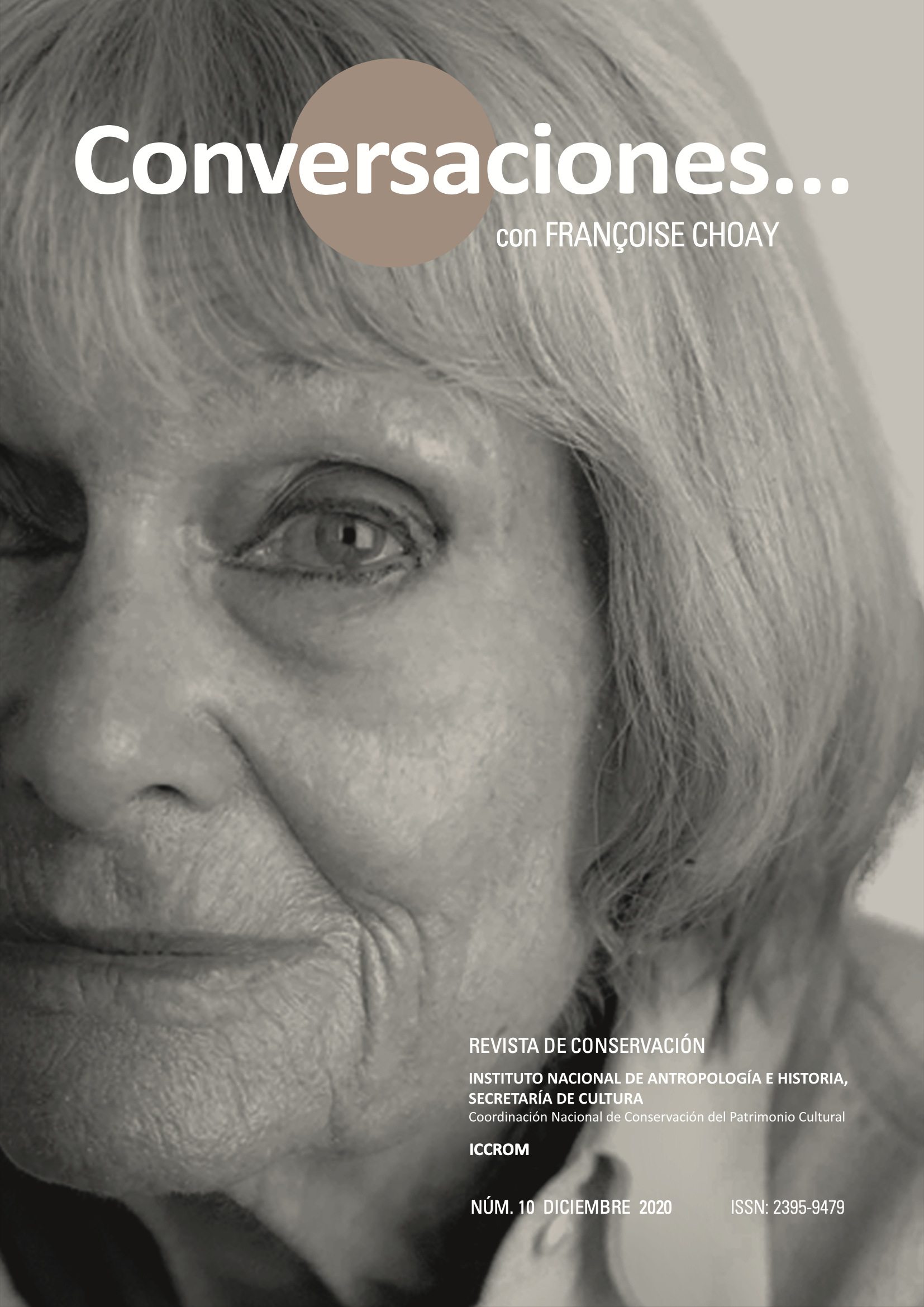Publicado 2022-03-14
Palabras clave
- creativity,
- tradition,
- monument,
- work of art,
- history
Cómo citar
Resumen
The scope of the paper is to examine the evolution of understanding human creativity from the traditional world to modernity. The traditional world evolved gradually based on human creative capacity and as a response to the emerging needs and requirements of groups of people and communities. Culture is a product of humanity and it is relevant to all human activities, whether tangible or intangible. As part of the creative processes, human beings associate cultural significance and meanings to all types of artefacts and structures, such as monuments or memorials, traditional vernacular architecture reflecting the identity of each place and community, as well as cult images created for shrines and temples. The traditional construction of the habitat resulted in the creation of structural systems and building forms that gradually developed over centuries. The resulting settlements tended to bear a strong local identity due to the choice of available materials, as well as perceived requirements of the community. The ongoing traditions were not static, but living and capable of implying gradual creative changes in customs and values, while maintaining the underlying essence. Originally, the contextual integration of art in tradition found its expression in the cult. Consequently, being created for a specific ritual function, the work was replaceable and could be substituted by another that served the same function. The question of artistic creation became an argument particularly starting from the Italian Renaissance. The question of imitation of natural forms in order to perceive the original idea was an important topic in the 18th century, when Johann Joachim Winckelmann elevated the notion of “idea” to an “ideal”, an issue in the selection of works to be preserved, concerning especially ancient sculpture. The modern philosophy related to works of art has developed particularly from the early 20th century. It gives particular focus on the distinction between the artistic idea, i.e., the image or form, which represents the intangible aspect, and its realization in material, i.e., the matter that is the carrier of the image. Paul Philippot remarks that art theory distinguishes itself from other historical disciplines because, rather than recounting the history of an event in the past, belonging to memory, it intends to create of history a reality that is present in the consciousness. In conclusion, human creativity represents the intangible life force that aims at the creation and diversification of cultural expressions, whether called monument, work of art or vernacular. The notion of being historic or historical can be taken as a value judgement, which also calls for respect and protection.
Descargas
Referencias
- Bellori, Giovan Pietro (1968) “The idea of the painter, sculptor and architect, superior to nature by selection from natural beauties”, in: Erwin Panofsky, Idea: A concept in art theory, trans. Joseph J.S. Peake, Harper & Row, New York, pp. 154-177.
- Benjamin, Walter (1936) “L’Œuvre d’art à l’époque de sa reproduction mécanisée”, Zeitschrift für Sozialforschung, V (I): 40-67.
- Bergson, Henri (1991) [1896] “Matière et mémoire. Essai sur la relation du corps à l’esprit”, in: Henri Bergson, Œuvre, Presses
- Universitaires de France, Paris, pp. 161-356.
- Bergson, Henri (1998) [1911] Creative evolution, Dover Publications, New York.
- Brandi, Cesare (1963) Teoria del restauro, Lezioni raccolte da Licia Vlad Borrelli, Joselita Raspi Serra, Giovanni Urbani, Edizioni di Storia e Letteratura, Roma.
- Brandi, Cesare (2005) Theory of restoration, trans. Cynthia Rockwell, Istituto Centrale per il Restauro/Nardini Editore, Firenze.
- Choay, Françoise (1995) “Sept propositions sur le concept d’authenticité et son usage dans les pratiques du patrimoine historique”, in: Knut Einar Larsen (ed.), Nara Conference on authenticity. Proceedings/Compte-Rendu, UNESCO World Heritage Centre/Agency for Cultural Affairs (Japan)/ICCROM/ICOMOS, Paris/Tokyo/ Rome, pp. 101-120.
- Dewey, John (1934) Art as experience, A Wideview/Perigee Book, New York. Geertz, Clifford (1993) The interpretation of cultures, Fontana Press, Glasgow.
- Heidegger, Martin (1980) “Der Ursprung des Kunstwerkes (1935/36)”, in: Martin Heidegger, Holzwege, Vittorio Klostermann, Frankfurt am Main, pp. 1-72.
- Ibn Khaldun (1997) [1377] Al-Mugaddima, Discours sur l’Histoire universelle, Commission Libanaise pour la traduction des Chefs d’œuvres, Thesaurus Sindbad, Beyrouth.
- Jokilehto, Jukka (2018) A history of architectural conservation, 2nd edition, Routledge, London.
- Larsen, Knut Einar and Nils Marstein (eds.) (1994) Conference on authenticity in relation to the World Heritage Convention;
- Preparatory workshop, Bergen, Norway, 31 January-2 February 1994, Tapir Publishers, Riksantikvaren/Tapir Forlag, Oslo.
- Philippot, Paul (2005) “The phenomenology of artistic creation according to Cesare Brandi”, in: Cesare Brandi, Theory of
- restoration, trans. Cynthia Rockwell, Istituto Centrale per il Restauro; Nardini Editore, Firenze, pp. 27-41.
- Ruskin, John (1925) [1849] The seven lamps of architecture, IV, George Allen & Unwin Ltd., London.
- Winckelmann, Johann Joachim (1972) Geschichte der Kunst des Altertums, Wissenschaftliche Buchgesellschaft, Darmstadt.

